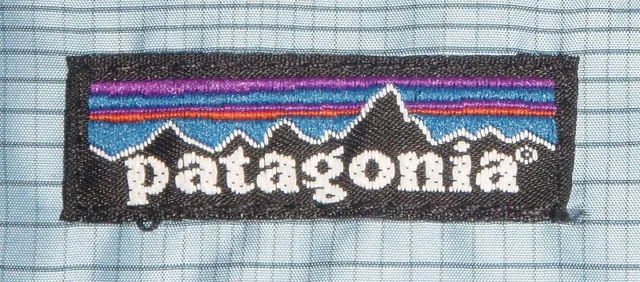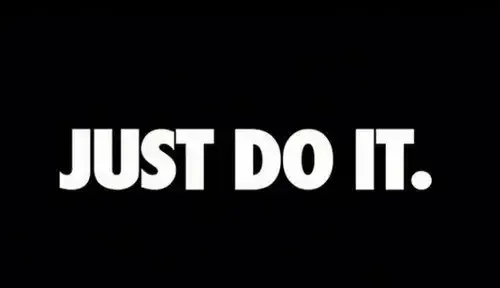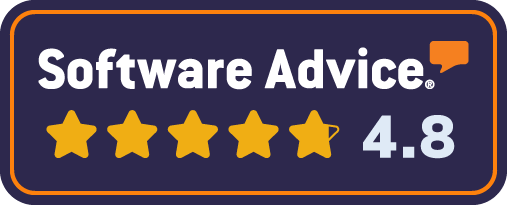What is a brand kit? (Hint: It’s more than just guidelines and logos)

(Photo by Christina Rump)
A “brand kit” is often misunderstood — even by some of the biggest design platforms.
It’s more than just logos, fonts, and colors. A real brand kit goes beyond rules and templates. It’s a living, breathing hub for everything your brand is, says, and shows to the world.
This guide sets the record straight.
What a Brand Kit Really Is
At its core, a brand kit is a comprehensive collection of every asset, guideline, and resource your team needs to communicate your brand consistently and powerfully.
It’s your:
- Visual identity,
- Verbal identity,
- Strategic positioning,
- Image and video library,
- Marketing collateral,
- Brand story and values,
- And your distribution system — all in one.
This is more than a PDF or style guide. It’s the operating system of your brand.
A Brand Kit is NOT Brand Guidelines - Why the Difference Matters
Let’s be clear:
| Brand Guidelines | Brand Kit |
|---|---|
| Rules about how your brand looks and sounds | A complete system to manage, share, and execute your brand |
| Usually static | Usually dynamic and centralized |
| Often lives in a PDF | Usually lives in a digital platform or brand management tool |
| Defines fonts, logos, voice, color | Also includes photos, videos, copy, templates, ads, docs, and more |
If you’re a brand-led organization (and you should be), then a brand kit is not optional — it’s foundational.
What a Brand Kit Should Include
Let’s dig into what a true brand kit contains.
1. Brand Guidelines
Yes, you still need the rules.
Your brand guidelines define:
- Logo usage: Primary, secondary, icon-only, and clear space rules
- Color palette: HEX/RGB/CMYK codes and contrast ratios
- Typography: Chosen fonts and hierarchy rules
- Tone of voice: Brand personality and example phrases
- Usage examples: Do’s and don’ts across channels
📌 Example: Spotify provides a beautifully minimal guideline around logo misuse, making sure its brand stays recognizable even in the hands of third-party developers.
2. Imagery & Photography
Photos are some of the most reused, misused, and misunderstood brand assets.
Your brand kit should house:
- Brand-approved photography (portraits, lifestyle, editorial, product)
- Rules around image tone, subject matter, color grading, and filters
- “Hero” image sets for PR or campaigns
- Cropping, overlays, and composition tips
📌 Example: Patagonia’s visual library uses consistent outdoor and nature-driven imagery, reinforcing its brand purpose visually, not just in words.

3. Video Assets
Video is now a first-class citizen in brand communications.
Your brand kit should include:
- Brand sizzle reels and explainer videos
- Product demos
- Brand animations or logo stings
- Interview B-roll or testimonials
- Usage rights and source formats
📌 Example: Red Bull maintains a vast video library from its extreme sports events. It’s not just content — it’s brand equity.
4. Marketing Copy & Messaging
Words carry your mission.
Store your:
- Boilerplate copy (About Us, elevator pitch, founder’s story)
- Taglines and slogans
- Social media bios
- Brand story narratives
- Tone and language guidelines
- Sample copy blocks for reuse
📌 Example: Nike’s “Just Do It” isn’t just a slogan. It’s part of a deep well of motivational language that supports product launches, ad campaigns, and community engagement.

5. Templates & Collateral
Speed matters, especially in marketing.
Your brand kit should include editable templates for:
- Social media posts
- Slide decks
- One-pagers
- Business cards
- Press releases
- Email signatures
- Event signage
📌 Example: Google offers slide deck templates to employees that reflect its current design system, so every presentation feels “on brand” without needing a designer.
6. Brand or Digital Asset Management System
A true brand kit needs to be organized, searchable, and secure.
That means:
- Centralized, cloud-based access (not buried in shared folders)
- Permission levels and expiry dates
- Usage tracking
- Collections for teams, partners, agencies, etc.
- API or integrations for dynamic brand delivery
📌 This is where Brandkit shines — offering a full brand management platform built for marketers and creatives to find, use, and share brand assets without friction.
Why Your Brand Kit Should Live in a digital Platform (Not a PDF)
PDF brand guidelines are great for reference—but they’re not enough. Brands are executed every day, across teams, time zones, and tools.
Your brand kit should live where your people work, and offer:
- Instant access to current assets
- Automatic version control
- Granular permissions
- Reporting & usage data
- Easy sharing with partners & agencies
This isn’t about control. It’s about collaboration and scale.
Final Thought: A Brand Kit Is the Heart of Brand Execution
A logo and a font are not a brand. A tagline isn’t a story. A single mood board can’t scale across 1,000 assets.
A real brand kit unifies all your elements and puts them to work. It helps you build recognition, create efficiently, and empower others to express your brand with integrity.
If you’re serious about your brand — don’t just build guidelines. Build a brand kit. And house it somewhere it can live, breathe, and evolve.
💡 Ready to build or upgrade your brand kit?Talk to Brandkit — we’ve helped brand-led organizations around the world make their brand assets work harder.
Happy Branding :)
Additional Reading
What is a brand kit? (Hint: It’s more than just guidelines and logos)
Discover what a Brand Kit really is—and why it’s more than just brand guidelines. Learn how to build a complete brand system with logos, imagery, video, messaging, and templates that scale.

